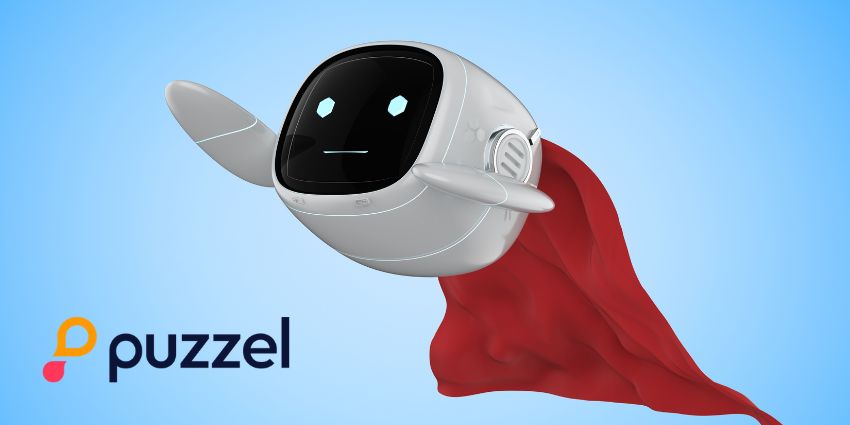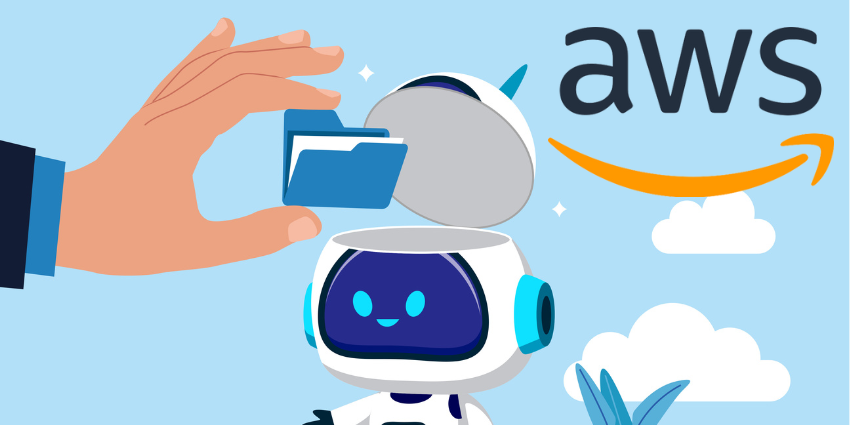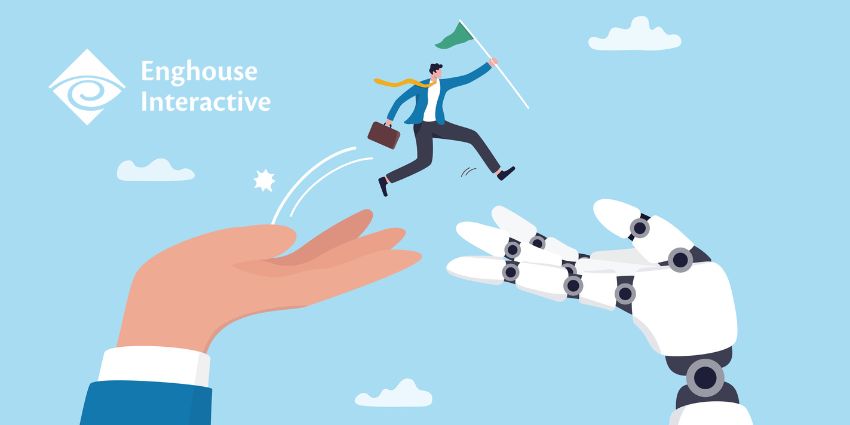The boundaries between CCaaS and CRM platforms were once distinct.
CRM systems stored case and opportunity data, enriched that data, and managed workflows. Meanwhile, CCaaS solutions routed and handled real-time, high-volume voice and digital interactions.
However, the boundaries between CCaaS and CRM are blurring, with overlapping capabilities in interaction management, analytics, data management, and beyond, all exacerbated by the rise of AI in CX.
Metrigy cited this trend, finding that 55 percent of IT and CX leaders think CRM systems will replace contact center platforms by the close of 2027.
While that seems a stretch, the research underscored the demand for tighter integrations between CCaaS and CRM solutions.
These tighter integrations are now coming to the fore, prompting the following five bold takes.
1. CCaaS Providers Must Establish Boundaries
Many of the latest integrations have CCaaS vendors embed tools into CRM systems. Voice is the classic example here.
Why? Because voice is expensive to maintain, complex, and it will significantly reduce the CRM provider’s margins.
Yet, beyond voice and call controls, CCaaS vendors are also embedding workforce engagement management, routing, omnichannel, and reporting solutions into the CRM.
While that’s positive in many ways, these are still third-party tools. As such, without clear guidance, contact centers risk creating a Franken-stack, which could stall longer-term innovation plans.
Recognizing the risk, CCaaS visionaries, like UJET, are taking another approach and embracing their role as a “communications” system that pushes all their data through to the CRM. That’s not just call data, it’s quality assurance data, workforce management data, conversational analytics data, etc.
Through this unique, real-time data exchange, the CRM provider can offer that single pane of glass customer view. Meanwhile, the CCaaS vendor establishes clear roles and can move to own more communications-adjacent technologies. These include AI-powered conversational automation, routing, and agent assist.
2. CCaaS Providers Must Embrace Their Role as Contact Center Experts
So far, contact center transformation efforts have started with introducing new applications, like virtual agents, automated quality assurance, and agent assist.
But the real opportunity is being missed: starting with data and context.
As contact centers accept this, they’ll ask: Who are our customers? Why are they calling? Who are our agents? What are they good at? Where do they need coaching? How do we connect those dots?
By establishing roles for the CCaaS and CRM platforms and providing a clear view of who owns what data, CCaaS vendors can help contact centers deliver faster, more seamless, and higher value CX transformations.
These vendors must bring this know-how, as CRM providers fall short here. In doing so, they can help customers develop an infrastructure that adapts and evolves with technology, regardless of the next eye-catching, standalone AI innovation.
3. CRM Systems Will Manage the Entire Customer Lifecycle
CRM systems are evolving to manage the entire customer lifecycle, from initial contact to post-sale, but much of the data remains focused on transactions.
Many recent integrations claim to solve that problem by embedding CCaaS channels into the CRM.
Yet, this half-in, half-out approach still silos key data, such as agent performance insights and operational metrics, obscuring the complete picture of the customer’s experience.
Again, this is why pushing everything to the CRM as the system of record, not the system of communication, is perhaps a better strategy.
UJET is one vendor that takes this approach. Sharing more, Matthew Clare, VP of Product Marketing at UJET, said:
Rather than store customer records, call recordings, summaries, and transcripts on the UJET platform, these are stored in the CRM to provide a single source of truth while minimizing sensitive data storage (PII), simplifying compliance, and enhancing customer trust.
Ultimately, that’s a complementary strategy, especially because CRMs want to own the desktop. Instead of fighting to keep the agent within their glass pane, UJET accepts this and meets users where they work.
4. AI Assistants Will Take Over Customer Journey Analytics
HubSpot recently announced an industry-first ChatGPT-CRM integration. This is not a novel integration; it’s a sign of what’s to come.
However, Analytics won’t necessarily be outsourced to a large language model (LLM). In a future where everything is consolidated in a CRM, a GPT or Gemini-style assistant will likely work from within, unlocking new and enriching existing insight.
As Clare said: “Not only will it pull tickets, leads, and opportunities, but also CCaaS data. So, CX leaders will be asking natural language questions and receiving insights instantly, instead of relying on static dashboards someone else thought they’d need.”
That’s a significant step in the world of CX tech. After all, the industry has relied on pre-built dashboards and reports for far too long. Until 12 months ago, many would still brag about having hundreds of out-of-the-box reports.
Now, AI is changing the conversation to: where’s the actual data I need? It’s helping CX teams find the needle in the haystack.
5. UCaaS Comes Into the Picture, Ushering in the Customer Engagement Center
CCaaS-CRM integrations are a continuous point of chatter across the CX space. Yet, while the technologies converge, another stands in isolation: UCaaS.
Companies can only build a Customer Engagement Center by aligning CRM, CCaaS, and UCaaS, which is often touted but rarely accomplished.
Beyond CCaaS-CRM, a Customer Engagement Center enables teams to collaborate on difficult customer cases, send them across the organization, and solve cross-functional issues.
Competitors like Google, Slack, and Zoom are making progress here. Yet, most UC-CX integrations are clunky, and connected interdepartmental experiences remain a rarity.
In time, Clare believes that will change. He discussed UJET’s approach: “We understand that UCaaS should be a technology enabler in delivering the Customer Engagement Center.
“It’s part of putting the customer at the center and wrapping technology around them to create seamless experiences,” he concluded.
The Future Should Be CRM + CCaaS, Not CRM + Telephony
The CCaaS solutions of tomorrow should be built to complement, not compete with CRM systems.
That involves developing enterprise-grade contact center capabilities that are difficult for CRM providers to replicate. These include: conversational automation, unified routing, and workforce engagement management solutions.
As CCaaS vendors do so, they differentiate and combat common business retorts, like:
- Our CRM already has customer communication tools. Why do we need CCaaS?
- We can use a CRM to handle customer support, too.
- A CRM with telephony integration is the same as a CCaaS platform.
The latter is becoming increasingly common, with the momentum of Service Cloud Voice. That’s why CCaaS providers must be clear in their depiction of CRM + CCaaS.
That must recognize CRM as the system of record for customer data and analysis. Yet, drive home the scalability, compliance, and workforce optimization benefits of a modern CCaaS platform.
UJET is one such platform that acts as a communications layer over the CRM. Find out more by visiting: ujet.cx







